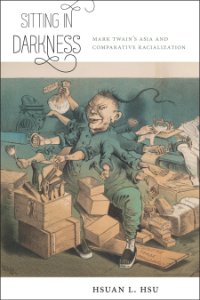By George Eliot. Introduction by Colin Heston
Step into the rich tapestry of Renaissance Florence with George Eliot's Romola, a novel that masterfully intertwines politics, religion, philosophy, and personal transformation. Originally published as a serial in The Cornhill Magazine from July 1862 to August 1863, and later in three volumes by Smith, Elder & Co., Romola stands as one of Eliot's most ambitious and intellectually rich works..
In this special edition, Colin Heston provides a compelling introduction that sets the stage for Eliot's intricate narrative. Heston's introduction delves into the historical and cultural backdrop of late 15th-century Florence, a city undergoing dramatic transformation following the death of Lorenzo de’ Medici and the rise of the Dominican friar Girolamo Savonarola. Heston highlights how Eliot's profound historical research and deep psychological insight bring to life the ideological conflicts and moral questions faced by the protagonists.
Follow the journey of Romola de’ Bardi, the daughter of a blind scholar, as she navigates personal disillusionment and societal upheaval. Raised in an environment that reveres knowledge and classical learning, Romola's path becomes entangled with Tito Melema, a charming but opportunistic Greek scholar. As Romola evolves from a passive intellectual companion to an active agent of change, she becomes a symbol of ethical steadfastness and selfless service.
Eliot's Romola engages with themes of reform, idealism, and the struggles of the human soul against the tides of history. Through Savonarola's rise and fall, Eliot examines the dangers and possibilities of ideological purity, raising questions about the balance between faith, reason, and pragmatism. The novel suggests that while individuals are often caught within the larger movements of history, personal choices and moral convictions can shape the course of one's life. Reflecting Eliot's engagement with historical materialism, moral idealism, and the complexities of human character, Romola is deeply philosophical. Heston's introduction underscores the novel's ambitious scope, feminist undertones, and philosophical depth, making it a significant achievement in historical fiction.
For those willing to immerse themselves in its complex narrative, Romola offers a rewarding exploration of human character set against one of the most fascinating periods of European history. This edition, enriched by Colin Heston's insightful introduction, invites readers to experience Eliot's remarkable ability to illuminate the past while grappling with timeless questions of morality, identity, and social responsibility.
Read-Me.Org Inc. 2025. 411p.





















